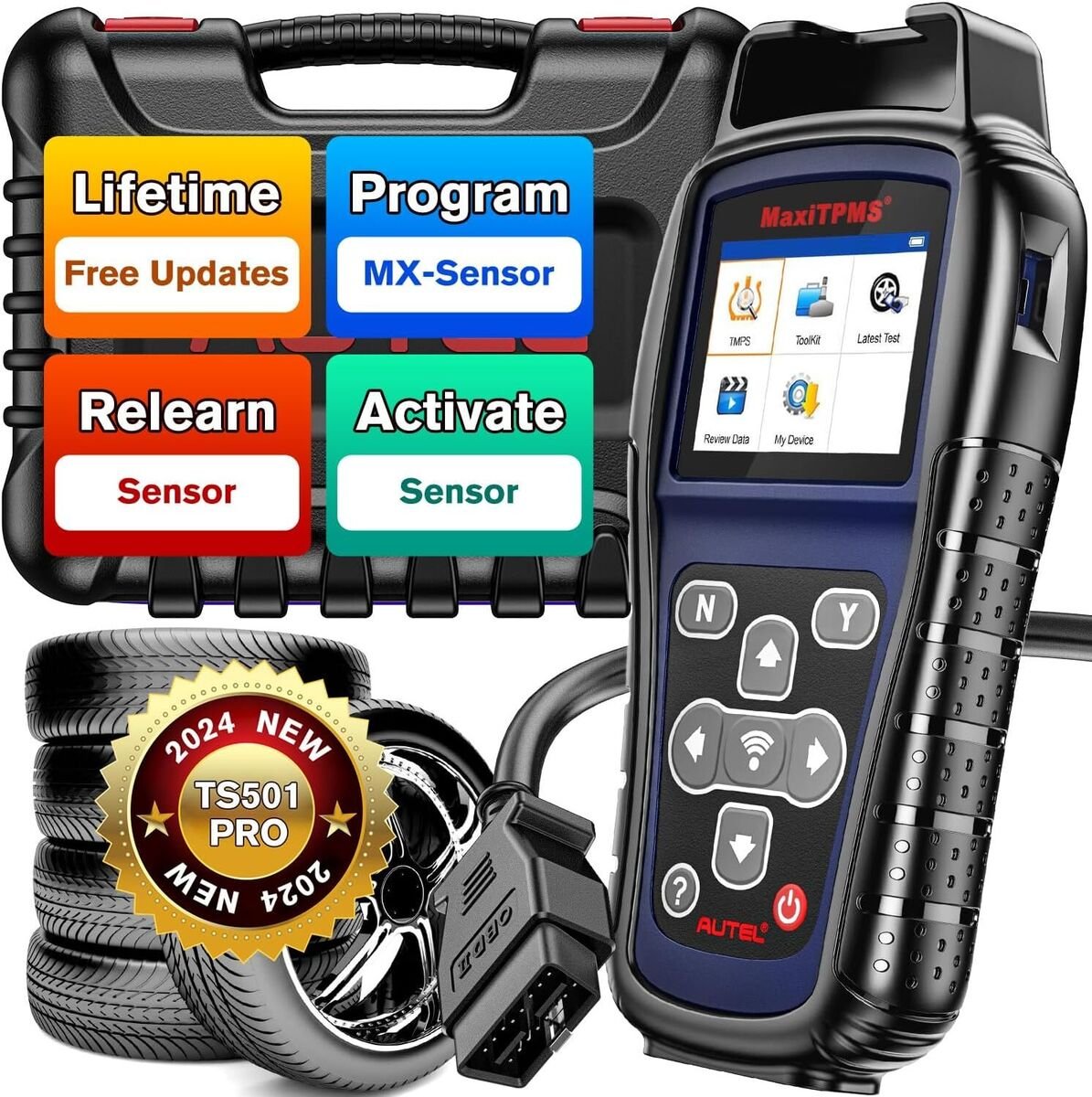Bleeding the brakes on a Prius can be a bit different from traditional cars due to its Anti-lock Braking System (ABS).
Here’s a step-by-step guide FOR How To Bleed The Brakes On Prius, but important safety note: This method does not require a scan tool, however, it’s recommended for a more thorough bleed. If you’re not comfortable with the process, consult a professional mechanic.
Tools you’ll need:
- Wrench (usually size 8mm) to fit the bleeder screw on the brake caliper
- Brake bleed bottle (available at auto parts stores)
- Clear plastic tubing that fits snugly on the bleeder screw
- Brake fluid meeting DOT 3 or DOT 4 specifications (check your owner’s manual)
- Brake pedal depressor (you can improvise with a block of wood or clamp)
How To Bleed The Brakes On Prius : Steps
Preparation
- Park the Vehicle:
- Ensure the vehicle is in Park (P).
- Apply the parking brake.
- Safety Measures:
- Use Techstream for air bleeding to ensure completeness and safety.
- Maintain the brake fluid level between the MIN and MAX marks on the reservoir.
- Avoid brake fluid overflow and clean any spills immediately.
- Be aware of potential DTCs (Diagnostic Trouble Codes) for pressure sensor malfunctions during the process and clear them as needed.
Bleeding the Brake Line
- Remove Center Cowl Top Ventilator Cover:
- Slide the hood to cowl top seal and disengage the claw.
- Disengage the 2 claws and 3 guides to remove the cover.
- Prepare Brake Fluid:
- Remove the brake master cylinder reservoir filler cap.
- Add brake fluid to maintain the level between the MIN and MAX marks.
- Connect Techstream:
- Connect Tech stream to the DLC3.
- Turn the vehicle’s power switch to IG (ignition on).
- Navigate Techstream to Chassis > ABS/VSC/TRC > Air Bleeding.
- Select “Usual air bleeding” and follow the on-screen instructions to bleed the air from the brake fluid.
- Complete Procedure:
- Clear the DTCs using Techstream.
- Turn off Techstream and the vehicle’s power switch.
- Inspect for brake fluid leaks.
- Reinstall the brake master cylinder reservoir filler cap.
- Reinstall the center cowl top ventilator cover.

Bleeding the Brake System
- Remove Outer Cowl Top Panel Sub-assembly:
- Wait at least 2 minutes with the power switch off.
- Disconnect the reservoir level switch connector.
- Prepare Brake Fluid:
- Remove the brake master cylinder reservoir filler cap.
- Add brake fluid to maintain the level between the MIN and MAX marks.
- Connect Techstream:
- Connect Techstream to the DLC3.
- Turn the vehicle’s power switch to IG.
- Navigate Techstream to Chassis > ABS/VSC/TRC > Air Bleeding.
- Select “ABS actuator has been replaced” and follow the on-screen instructions to bleed the air from the brake fluid.
- Perform Linear Valve Offset Calibration:
- Release the parking brake before performing the calibration.
- Reapply the parking brake immediately after calibration.
- Tighten Bleeder Plugs:
- Front bleeder plug: 8.3 N·m (85 kgf·cm, 73 in·lbf)
- Rear bleeder plug: 11 N·m (112 kgf·cm, 8 ft·lbf)
- Stroke simulator bleeder plug: 8.5 N·m (87 kgf·cm, 75 in·lbf)
- Complete Procedure:
- Clear the DTCs using Techs tream.
- Turn off Tech stream and the vehicle’s power switch.
- Inspect for brake fluid leaks.
- Reinstall the brake master cylinder reservoir filler cap.
- Reinstall the outer cowl top panel sub-assembly.
Additional Tips:
- Do not reuse brake fluid. It absorbs moisture over time, which can reduce its boiling point and lead to brake failure.
- Dispose of used brake fluid responsibly. It’s toxic and can harm the environment.
- Pump the brake pedal several times after bleeding and check for firmness. If the pedal feels spongy, there might still be air in the system. Repeat the bleeding process.
Remember, this is a general guide. Always refer to your Prius model’s specific repair manual for detailed instructions and safety precautions.
No related posts.




